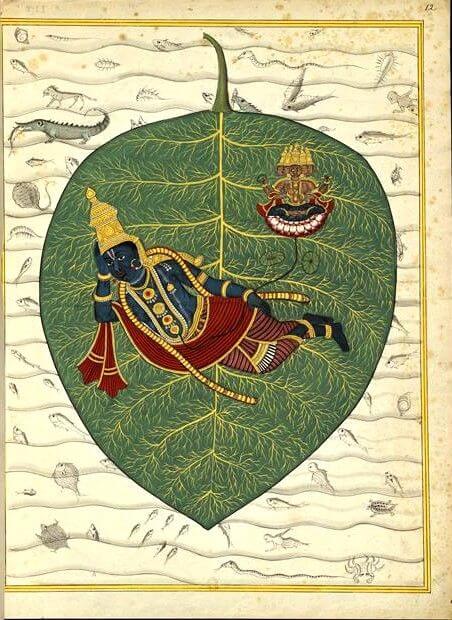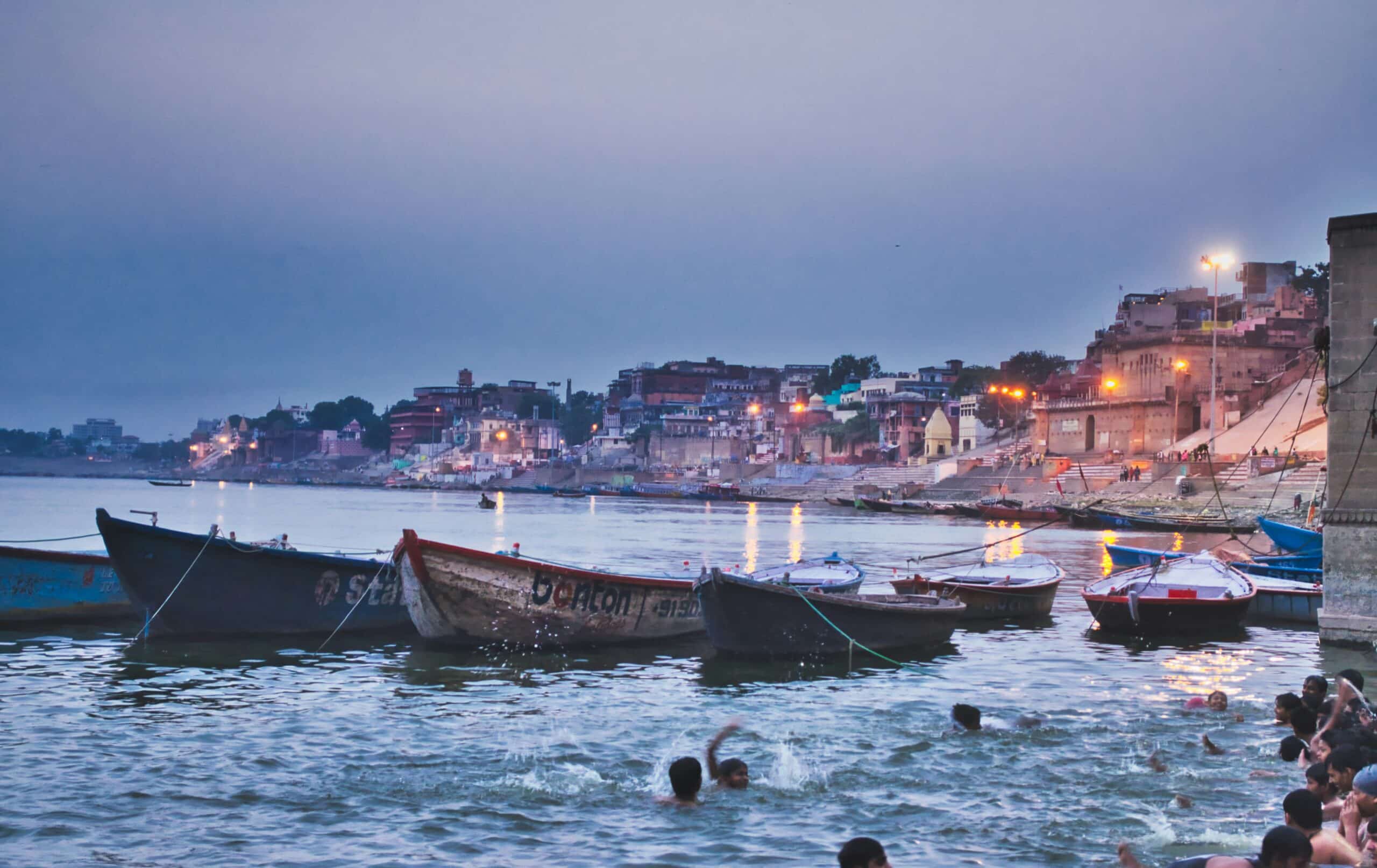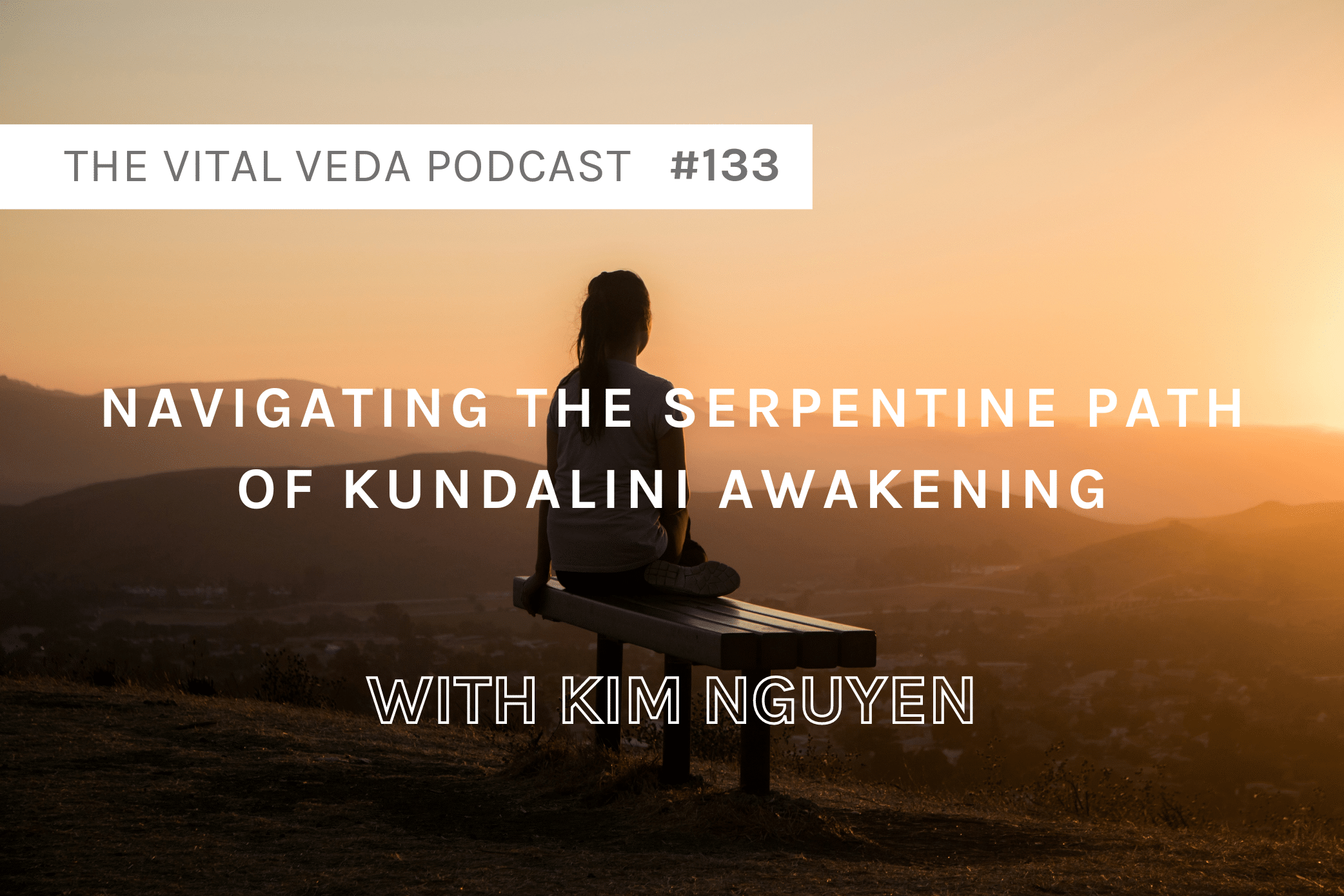The Story, The Mythology
The story of Vishnu (Padmanabha) laying in the ocean of milk and Brahma emerging from his navel is as beautiful and insightful as it is ancient.
Brahma (the creator or the creation operator in nature) is born in the lotus that sprouts from Padmanabha/Vishnu’s navel. (Vishnu is the maintenance operator in nature).(1)
Narayana (another name for Vishnu) rests upon his serpent Ananta, who lies upon the ocean Ekarnava: the infinite sea.(1)
Ekanarva (The Infinite Sea) during Pralaya (Dissolution)
- At the end of a kalpa, a thousand cycles of yugas (eras), the pralaya does not stop. The Pralaya is (in this case) severe flooding of rain part of a cyclic model of the universe where the cosmos is in it’s transition phase of appearing and disappearing within the Absolute.
- It rains on, endlessly, torrents pouring down by night and day; until the worlds dissolve in those tidal waters and the seven suns are extinguished in the sky.
- Still those rains do not stop; they pour on for a hundred years without pause.
- At last, the precious waters have swollen into the realm of the Sapta rishi (highly evolved subtle realms beyond earth) and the ocean covers everything.
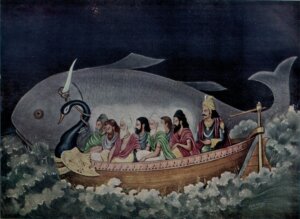
5. It is upon this infinite sea that a vata leaf (2) (Banyan tree / Ficus benghalensis leaf) floats, and the Lord of the kalpa, the Blue Infant who sucks on his toe, who is called Narayana, lies on that singular, resplendent leaf.
Narayana sucks his toe to show how sweet his lotus-like feet are and their capacity to protect his devotees. He is hinting to others to surrender themselves to the Visnu aspect of consciousness.(5)
6. From his mouth, issue great winds blow away the clouds of the pralaya. For 100 years, these winds blow before the clouds are all scattered.
Krishna/Narayana may also be sucking his toe to keep a “plug” on his extremely powerful mouth. Or even to charge up its power with his lotus feet, as both his feet and mouth are like lotuses – potential for infinite dynamism.
7. Then, Hari is Narayana, lying upon his eternal serpent-bed, Anantasayanam, as both Vishnu and Brahma who lies in the golden lotus that sprouts from Vishnu’s navel, hence the name “Padmanabha” which in Sanskrit means “the one with a lotus-shaped navel”.
Both sleep forms long as Brahma’s night lasts, out on that ocean of hardly a ripple. At the end of a thousand chaturyugas, Brahma stores again. Once more, he pours forth Creation.(3)
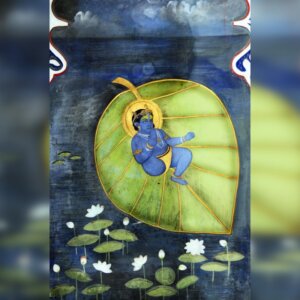
Naimittaka Prayala: Occasional Dissolution
The phenomena of Naimittika Pralaya occurs as part of a cyclic model of the universe.(4)
It occurs at the intervals of Brahma’s days (at Brahma’s night time), when the creator operator in nature (Brahma) sleeps (stops creating)
This involves the destruction of creatures, though not of the substance of the world, occurring during his night.
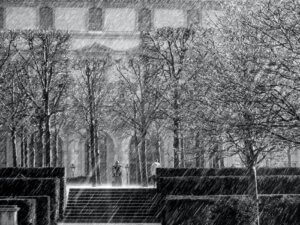
A Note on Vedic time and Brahma:
A Note on Vedic time and Brahma:
- A chaturyuga, a cycle of four ages, is 12, 000 divine years, or 365x 12,000 human years long (4,480 000).
- 71 chaturyugas make a manvantara;
- 14 manvantaras, a kalpa.
- A kalpa of a thousand chaturyugas, 12 million divine years, is one day of Brahma, the Creator.
From what primal source has this infinite sea come?
The infinite sea with creation itself (Brahma) floating on it, is essentially still manifested –
So what created that? What created Padmanabha (Vishnu) and Brahma, this being holding all unmanifested creation that is floating on a leaf on the sea?
Where has the primal source of the infinite sea (Ekarnava) come from?
The answer is the source. The Mother of all things: “Devi.”
Devi is the mother diviner aspect of consciousness. The primordial sound that allows manifestation to occur. Without mother, there is no-thing on earth. No heaven on earth. Devi is a candidate for supreme Being (Istha Devata) and is Supreme Being (Ishwara) for those who resonate with the supreme Devi aspect of consciousness.
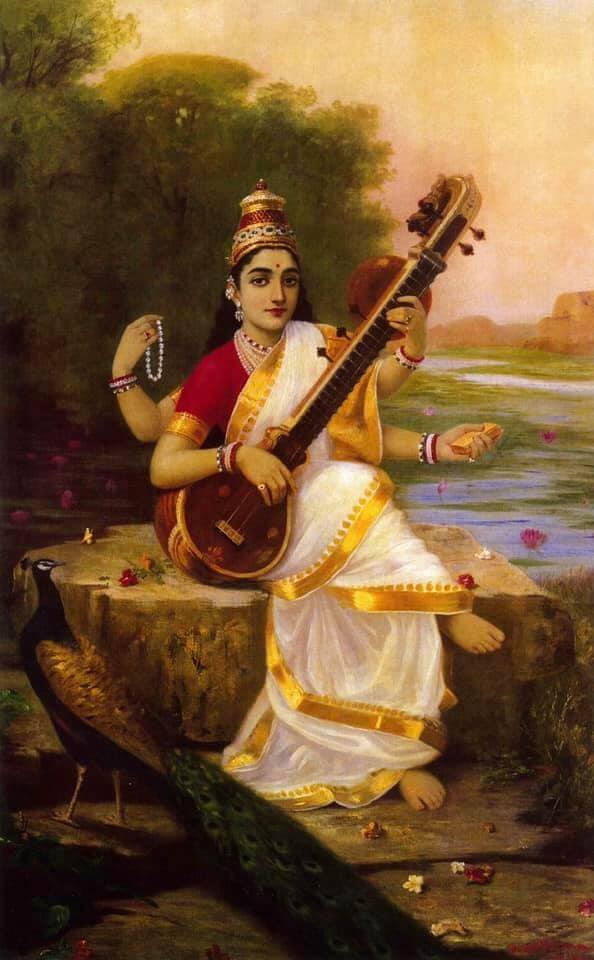
Significance of Padmanahba floating on a Vata Leaf
Why a Vata (Banyan tree / Ficus benghalensis) leaf?
Let us look deeper into the subtle teachings of these stories and symbolism behind them.
The seeds of a Vata tree is incredibly small. But can grow to the biggest tree on earth. A single Banyan tree can grow to the size of acres!
This demonstrates the ability for Visnu state of consciousness – the unity of knowledge, devotion and action coming from the heart – to interact at the micro level while simultaneously having the capacity to effortlessly conquer the whole universe with easy breath from his lips.
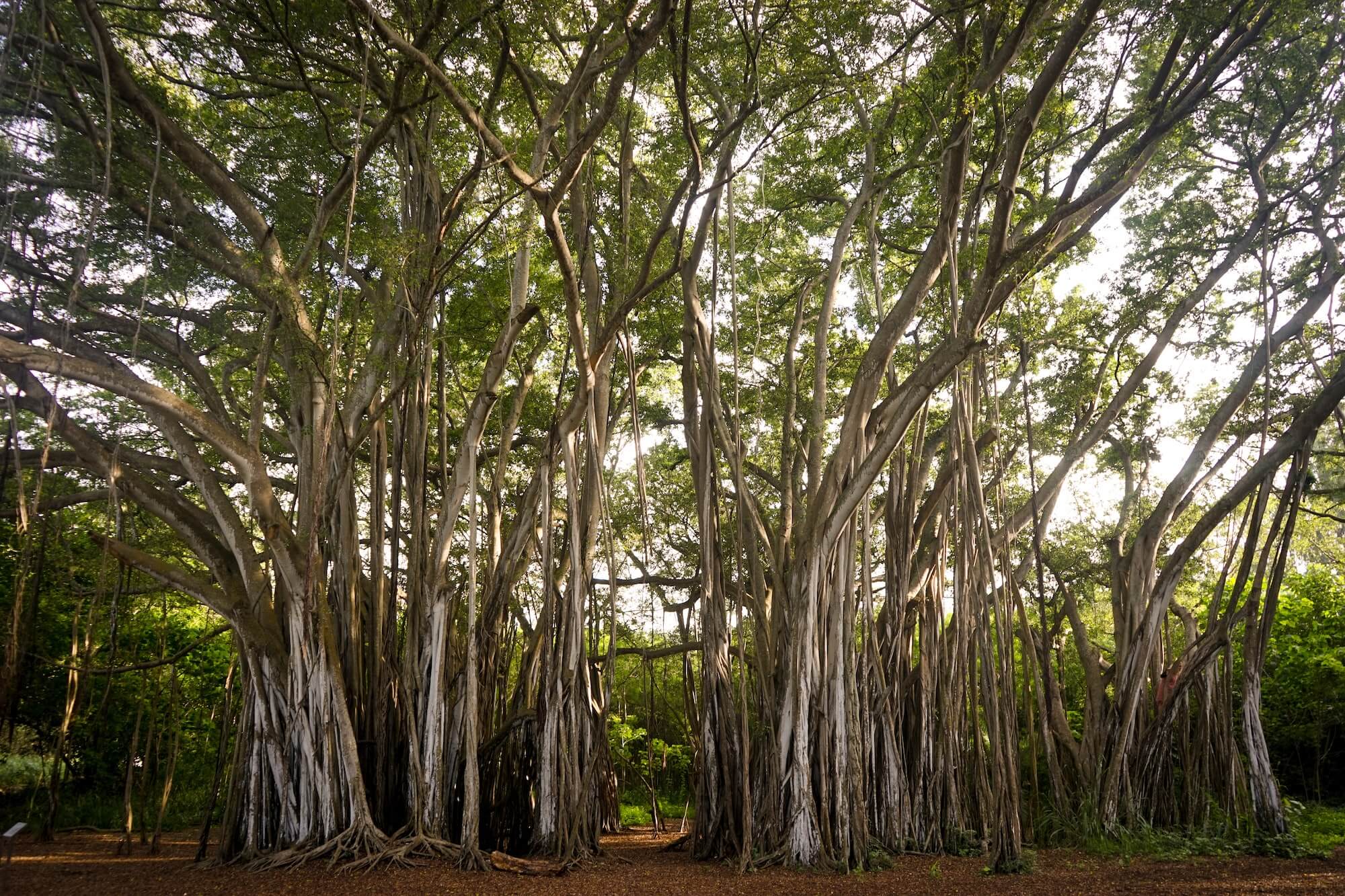
This article intends to explore the deeper and more subtler meanings behind these vedic mythology and events.
I would love to hear if you have any insights and comments you may have on the story of Vishnu/Padmanabha and the creation of the universe.
Jai Visnu
Dylan
References
- Devi Bhagavatam
- Vaidya AV Raju and Sastras – although Ramesh Menon describes the leaf as Peepal leaf, mostly all art depicting this and sastras say it is a wata leaf (leaf on Banyan tree/ ficus benghalensis)
- Mahabharata, translated by Ramesh Menon
- Vishnu purana
- Srimad Bhagavatam Canto 12 Ch 9.

